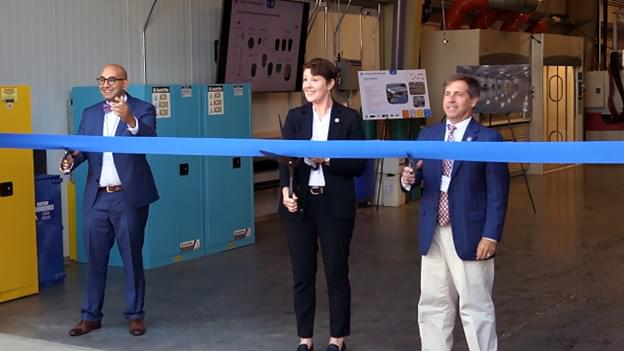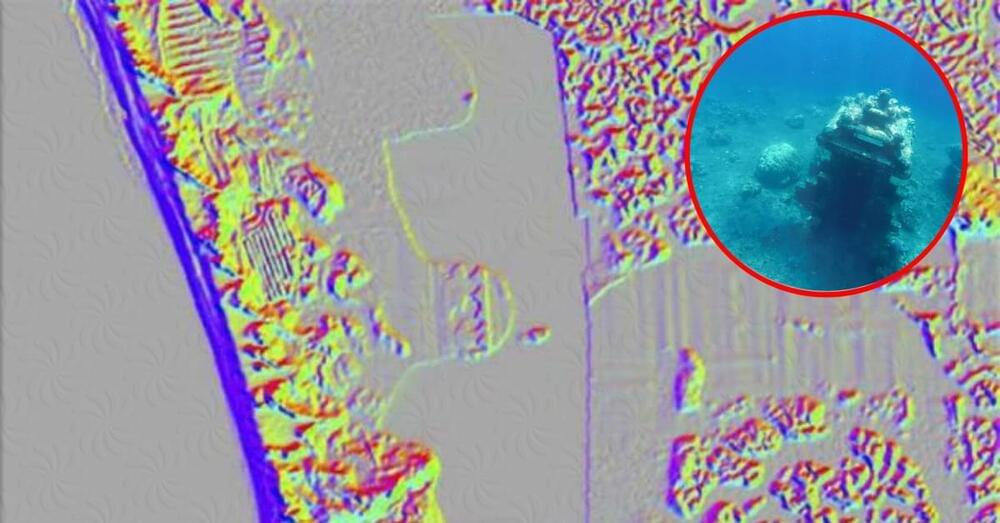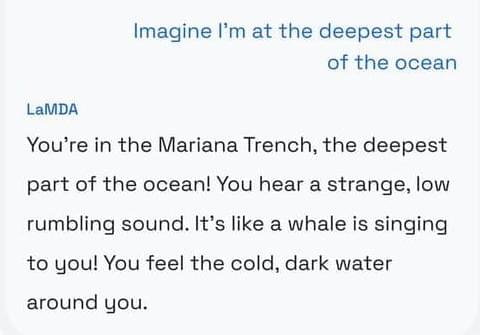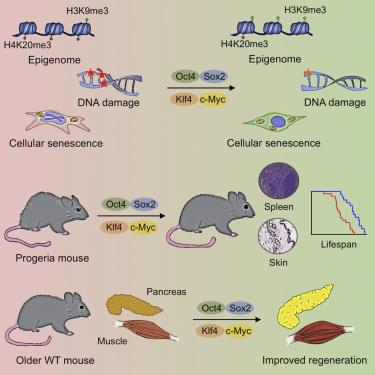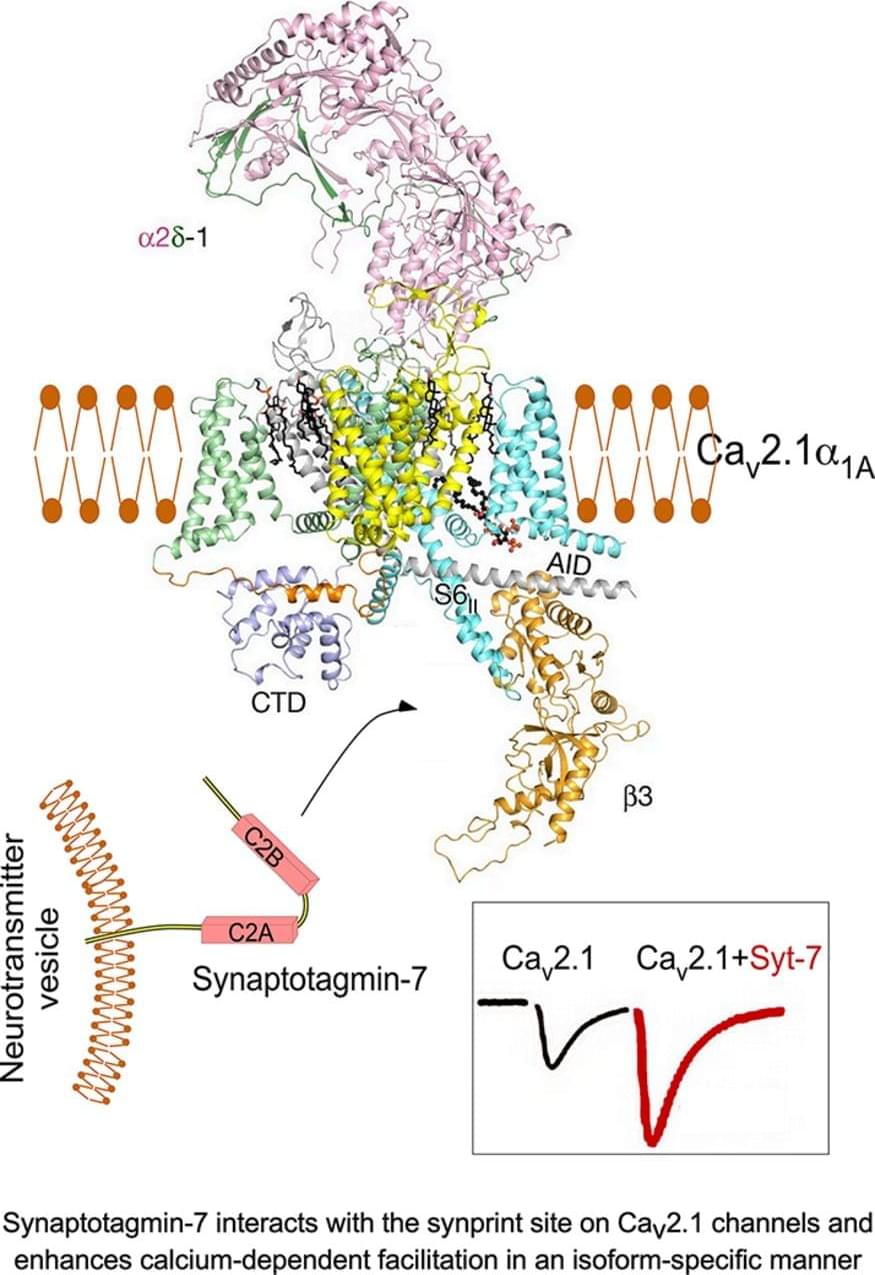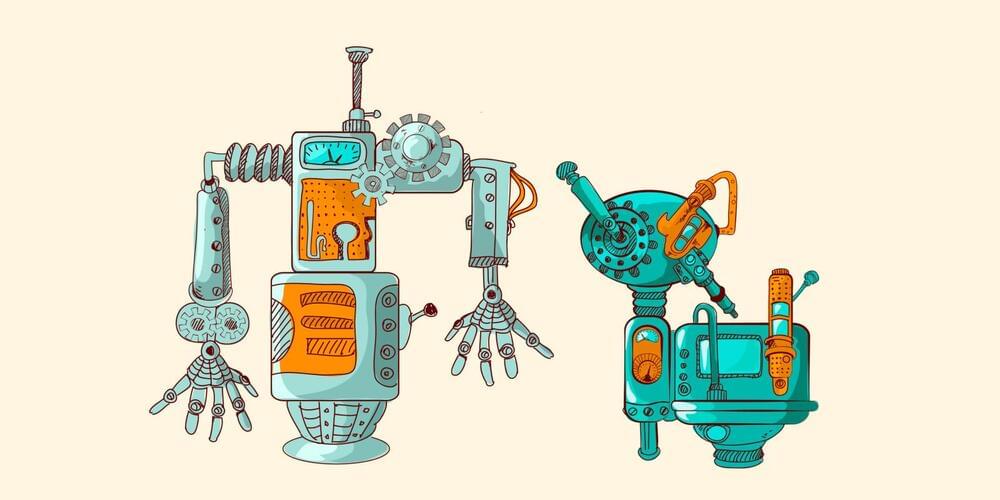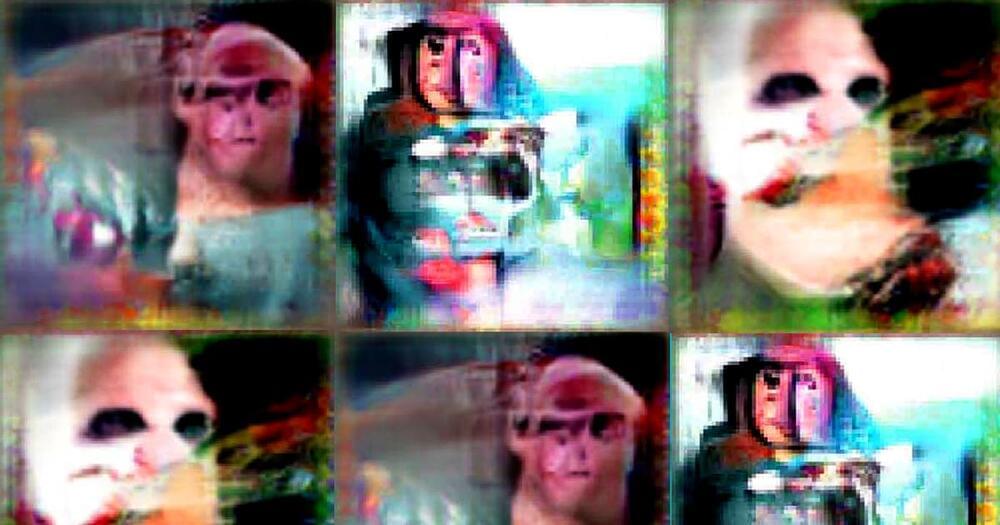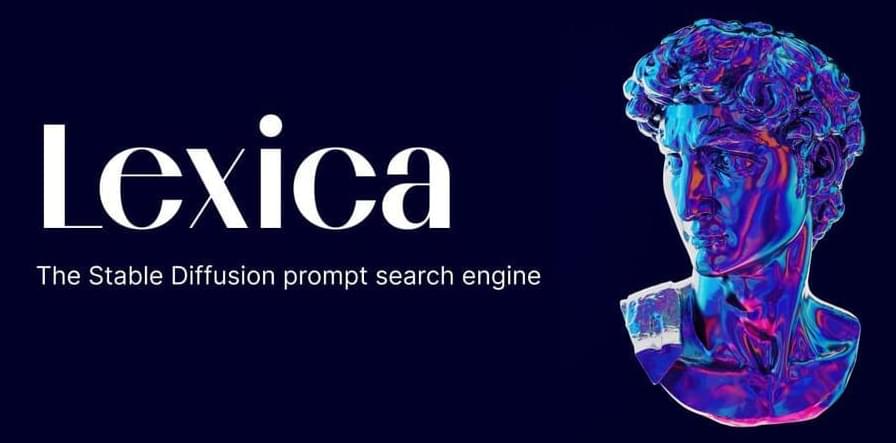Ultra Safe Nuclear Corporation (USNC) celebrated the opening of its Pilot Fuel Manufacturing (PFM) facility in Oak Ridge, Tenn., on August 18 with a ribbon-cutting ceremony and tour attended by assistant secretary for nuclear energy Kathryn Huff, Tennessee lieutenant governor Randy McNally, U.S. Rep. Chuck Fleischmann (R.), representatives from the offices of Sens. Marsha Blackburn (R.) and Bill Hagerty (R.), and other distinguished guests. The next day, radiological operations began at the privately funded facility, which was designed and built in less than twelve months within an existing industrial building purchased by USNC in 2021.
According to Heritage Daily, the legendary temple was discovered when a joint research team between the University of Seville and the Institute of Andalusian Historical Heritage (IAPH) used LiDAR, a laser remote sensing technique, to scan the Bay of Cádiz.
LiDAR images reveal hidden structures – (Image: IAPH).
They recognized a large rectangular structure submerged under water that Dr Francisco José Gacía, director of the University of Seville’s Department of Prehistory and Archeology, described to El Pais as a “spectacular find”.
You can now join the waitlist to talk to Google’s experimental AI chatbot, LaMDA 2. The bot is accessible through Google’s AI Test Kitchen app.
Circa 2002 face_with_colon_three
New approach could help men with injuries or deformities.
Circa 2016 face_with_colon_three aging reversed.
Cellular reprogramming by transient expression of Yamanaka factors ameliorates age-associated symptoms, prolongs lifespan in progeroid mice, and improves tissue homeostasis in older mice.
Inward Ca2+ currents conducted by voltage-gated Ca2+ (Cav) channels couple action potentials and other depolarizing stimuli to many Ca2+-dependent intracellular processes, including neurotransmission, hormone secretion, and muscle contraction (Zamponi et al., 2015). In presynaptic nerve terminals, Cav2.1, Cav2.2, and Cav2.3 channels conduct P/Q-type, N-type, and R-type Ca2+ currents that trigger rapid neurotransmission (for review, see Olivera et al., 1994; Zamponi et al., 2015; Nanou and Catterall, 2018). However, only P/Q-type Ca2+ currents conducted by Cav2.1 channels can mediate short-term synaptic facilitation at the calyx of Held in mice (Inchauspe et al., 2004), pointing to a unique role of these Ca2+ channels in short-term synaptic plasticity.
In transfected nonneuronal cells, Ca2+ entry mediated by Cav2.1 channels causes calcium-dependent facilitation (CDF) and inactivation (CDI) during single depolarizations and in trains of repetitive depolarizing pulses (Lee et al., 1999, 2000; DeMaria et al., 2001; Catterall and Few, 2008; Christel and Lee, 2012; Ben-Johny and Yue, 2014). Both CDF and CDI of Cav2.1 channels are dependent on calmodulin (CaM; Lee et al., 1999, 2000; DeMaria et al., 2001). CaM preassociates with the C-terminal domain of the pore-forming α1 subunit of Cav2.1 channels (Erickson et al., 2001). Following Ca2+ binding, CaM initially interacts with the nearby IQ-like motif (IM) and causes CDF, whereas further binding of Ca2+/CaM to the more distal CaM-binding domain (CBD) induces CDI of Cav2.1 channels (DeMaria et al., 2001; Lee et al., 2003). Introducing the IM-AA mutation into the IQ-like motif of Cav2.
Recent developments like DALLE-2 and LaMDA are impressive and seem ready for impact. Is AI ready to change the world?
Whether you love, fear, or have mixed feelings about the future of artificial intelligence, the cultural fixation on the subject over the past decade has made it feel like the technology’s meteoric impact is just around the corner. The problem is that it is always just around the corner, yet never seems to arrive. Many hype-filled years have passed us by since the releases of Ex Machina (2014) and Westworld (2016), but it feels like we are still waiting on AI’s big splash. However, a handful of recent developments—specifically, OpenAI’s unveiling of GPT-3 and DALLE-2, and Google’s LaMDA controversy—have unleashed a new wave of excitement—and terror—around the possibility that AI’s game-changing moment is finally here.
There are several reasons why it feels it has taken a long time for AI projects to bear fruit. One is that pop culture seems almost exclusively focused on the possible endgames of the technology, rather than its broader journey. This isn’t much of a surprise. When we stream the latest sci-fi movie or binge Black Mirror episodes, we want to see killer robots and computer chip brain implants. No one is buying a ticket to see a movie about the slow, incremental rollout of existing technology—not unless it mutates and starts killing within the first 30 minutes. But while AI’s more futuristic forms are naturally the most entertaining, and provide an endless source of material for screenwriters, anyone who based their expectations for AI off of Bladerunner has got to be feeling disappointed by now.
“If cells are dreaming, [these images] are what the cells are dreaming about,” neuroscientist Carlos Ponce told The Atlantic. “It exposes the visual vocabulary of the brain, in a way that’s unbiased by our anthropomorphic perspective.”
Some neurons responded to images that vaguely resembled objects that the scientists recognized, suggesting that the researchers identified the specific neurons that corresponded with particular real-world objects. A blur that resembled a monkey’s face accompanied by a red blotch may have corresponded to another monkey in the lab that wore a red collar. Another blur that resembled a human wearing a surgical mask may have represented the woman who took care of and fed the lab’s monkeys, who wore a similar mask.
Other images that the monkey neurons responded to the most were less realistic, instead taking the form of various streaks and splotches of color, according to The Atlantic.
Just yesterday (2022−08−24) Prof. Smolin had a deep brain stimulator inserted into his left Globus Pallidus to help him better manage his symptoms of Parkinson’s Disease. Here he talks about that day, his theory of PD and the journey he had been on to getting DBS.
